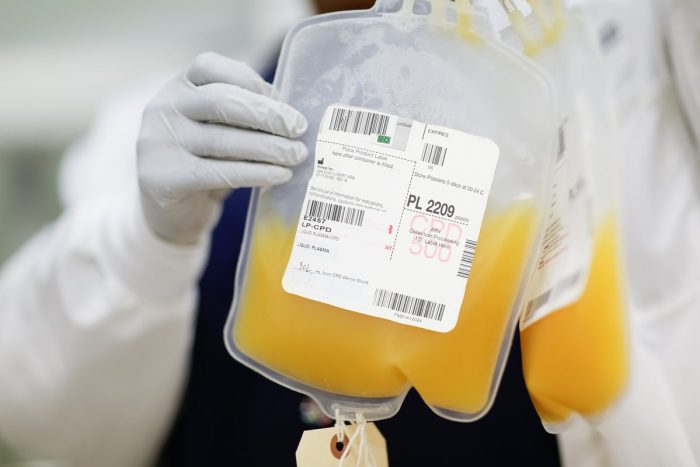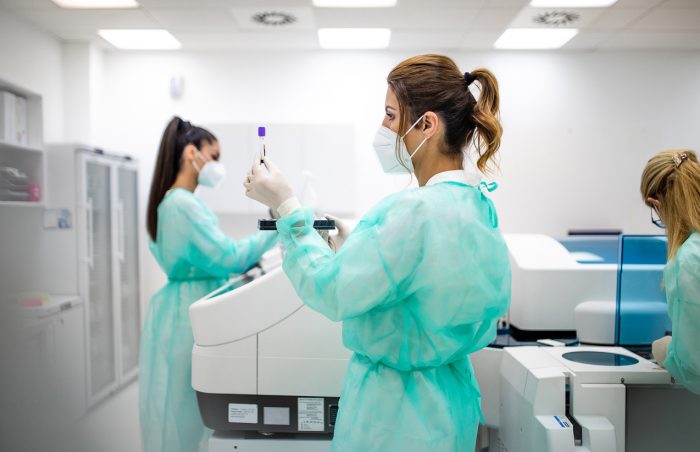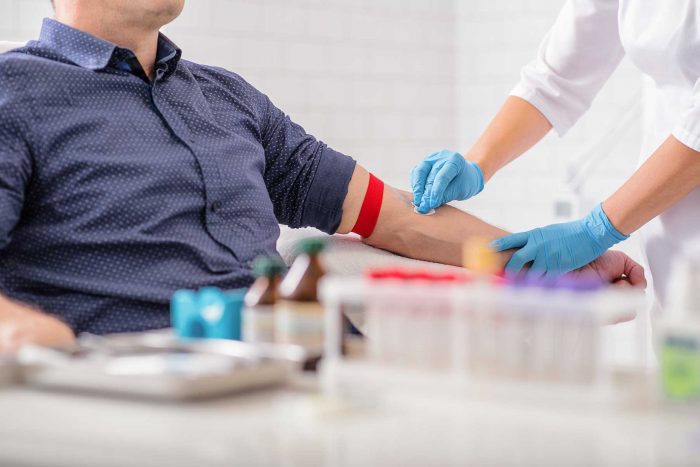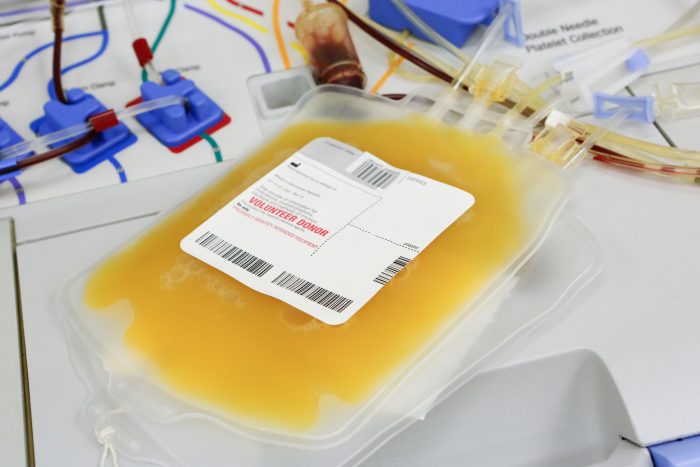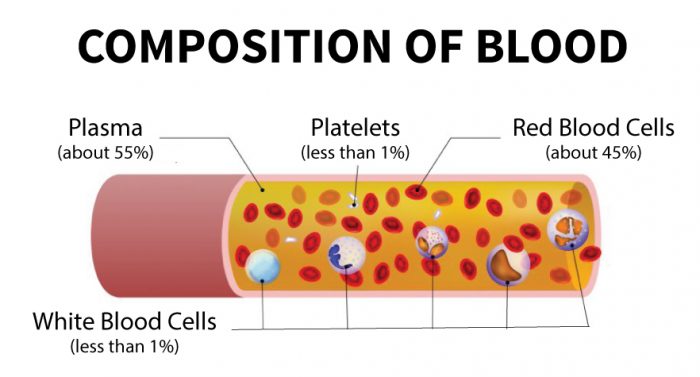
Purple for Platelets: Supporting Patients With Platelet Disorders
Friday, September 24 is Sport Purple for Platelets Day. This national holiday, created by the Platelet Disorder Support Association, is designed to raise awareness for those living with platelet disorders.
Platelets are a type of blood cell created in bone marrow that support blood clotting. For this reason, platelet transfusions are commonly required when patients experience massive blood loss, such as in traumatic accidents or in major surgeries like organ transplants. They are also often required for chemotherapy patients since chemotherapy treatment tends to reduce platelet counts.
Though anyone being asked to donate platelets has likely heard that platelets benefit cancer patients, platelet disorders are not as commonly talked about or widely understood by the general public. And, yet, individuals living with platelet disorders make up a significant portion of the patient population. According to Platelet Disorder Support Association, one in 16 adults is affected each year by immune thrombocytopenia (ITP), a type of platelet disorder that typically occurs when a person’s immune system mistakenly attacks and destroys its own platelets.
Generally speaking, platelet disorders can be broken down into three categories:
- An excess of platelets. The two main types of disorders associated with an excess of platelets are essential thrombocythemia and reactive thrombocytosis, both of which are caused by overstimulation of bone marrow, where platelets are produced. While essential thrombocythemia can be diagnosed without association to any other disorder, reactive thrombocytosis usually forms as a result of other disorders, infections or trauma, such as rheumatoid arthritis or cancers like leukemia. Surprisingly, the excess of platelets can actually put patients at increased risk for severe bleeding.
- A significant decrease in platelets. Thrombocytopenia is the category of disorder that patients fall into when their bone marrow does not make enough platelets, or platelets are destroyed. It can also occur when platelets cannot go freely around the body and, though are produced in high enough amounts, aren’t floating in the bloodstream in high enough numbers. Thrombocytopenia can be caused by many underlying issues, including leukemia and bone marrow dysfunction. It can also be brought on by infections such as HIV and Hepatitis C.
- A dysfunction of platelets. Platelet disorders marked by platelet dysfunction describe a case in which the body is producing the proper amount of platelets, but they aren’t supporting the body’s clotting function as they should. Platelet dysfunction can be developed independently or inherited, such as in Von Willebrand disease.
Though some of the above cases can be treated with drugs and other methods (particularly if addressing another underlying condition), for thrombocytopenia and platelet dysfunction specifically, platelet transfusions can be a critical part of treatment. These transfusions can be one-offs to support patients only when their platelets are at a critical low, or transfusions can be required on a regular basis for an extended period. According to Dr. Tho Pham, Chief Medical Officer, platelet transfusions typically provide enough platelets to last the body one week; so, if a patient is never able to produce their own, they could require weekly transfusions for life.
To support patients in need of platelets, Stanford Blood Center has a robust platelet program that collects platelets seven days a week to support patients at local hospitals. Thankfully, one donor can give platelets up to 24 times per year, allowing them to impact many patients!
Because platelets only have a five-day shelf-life, it’s essential that we can collect enough platelets both frequently and consistently; one or two days in a row of low donations can have a significant impact on patient care. The surest way to ensure we are collecting enough platelets is, of course, to increase the number of people donating.
Accordingly, SBC is currently in the process of trying to expand our platelet program! We encourage any donors who are interested in supporting patients in need of platelets, especially type A and B donors, to learn more about our platelet program at stanfordbloodcenter.org/platelets. If you decide platelet donation is something you are considering, please consult a team member at your next whole blood donation appointment, or call us at 888-723-7831 to talk more about how you might join the ranks of our incredibly generous platelet donors!
Sources

